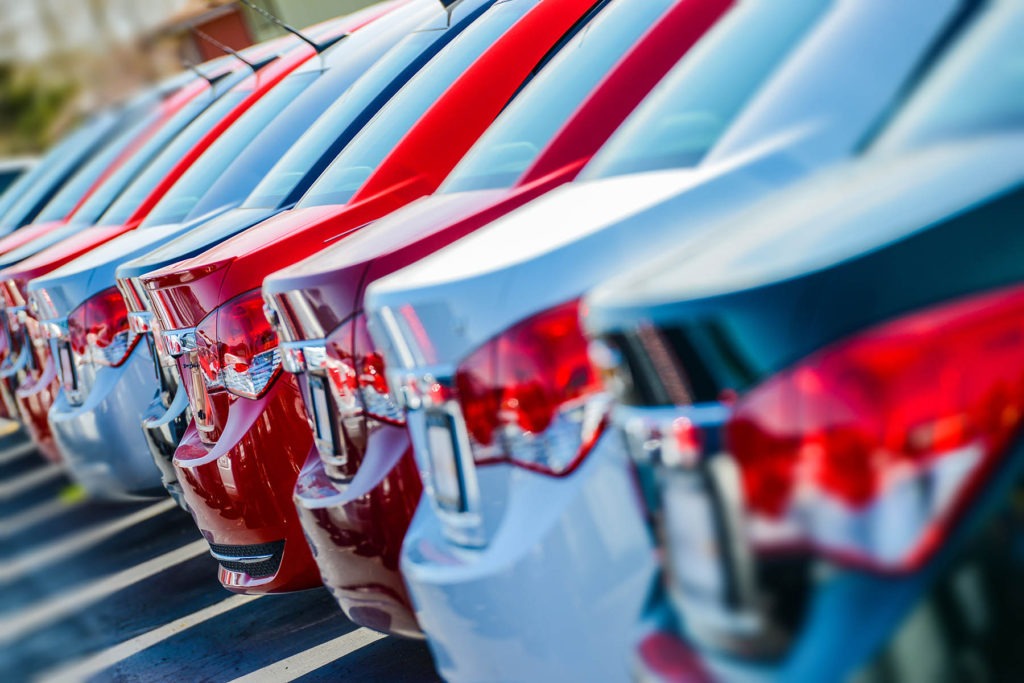A golden age for used-car markets?
10 August 2020

10 August 2020
As the automotive industry starts its recovery following the coronavirus (COVID-19) lockdowns, there is a notion of unexpected recovery visible in some markets. Is this pointing towards a golden age for used-car markets? Christof Engelskirchen, Autovista Group’s chief economist, talks with Anne Lange, head of data science, and Markus Halonen, head of research, statistics & data analysis at Autovista Group, about signs of recovery and the root causes for different market reactions in the used-car market at this time.
Christof: Are we in a phase of the market, where the trends that we see can already be safely interpreted or is it is more affected by external events? I am referring to the massive incentive scheme in France, also for used-car buying, which has pushed RVs up. I am also referring to the weak-British-pound- and supply-shortage-induced lack of new and used cars on the market that meets pent-up demand and lifts prices?
Anne: There are certainly some anomalies affecting current used-car price trends. For example, the French incentive scheme, that subsidises used-car buying and drives RVs up and the UK’s shortage of supply of new and used cars, that also drives RVs up.
There is one emerging trend that may last longer: people may exhibit a financial cautiousness and rather turn to a used-car than a new-car. The lack of available new cars further compounds this. In addition, those that used to rely on public transport may opt for some budget alternatives, thus driving up demand for older used-cars.
Markus: The reason for the decreasing active stock (number of active adverts) is simply that dealers are selling more cars than they are buying in. For example, in Finland and Sweden, the used-car selling volume has been at a high level lately. In June this year, used-car retail sales volumes were higher than in June 2019. High sales but lower than normal inflow of used cars keeps the stock falling. We have some anomalies, like the French used-car incentive scheme, pushing RVs up. Still, even in those countries where schemes are different or non-existent, there are commonalities: used-car sales volume is at a good level, stock is decreasing and prices are increasing. On top of what Anne said, a reason for the currently good demand for used cars is that people are spending less money on vacation and spent less during the lockdown. Patterns of consumption have changed, at least temporarily. Used-car markets are seeing the benefits.
Christof: People ask you many questions around our methodology for publishing used-car price development. How sensitive is our methodology to outliers? How do we control for irregular market conditions? What is the lag in our published values, i.e. how quickly are we capturing trends that may emerge?
Markus: Our methodology is based on market observation data that we source from various portals all across Europe on a daily basis. We control for outliers, data errors and non-actively managed cars. This works reliably.
I am not sure what the background is on the question of controlling irregular market conditions. Irregular market conditions like the COVID-19 pandemic affect used-car prices and that is what we are capturing with our data models. For measurement accuracy, we have implemented rolling values, where past days’ trends are captured as well as the current day’s realities. We put more weight on recent values in the statistical models. There is only a very small lag in how fast we see emerging trends, much smaller than for any economic modelling.
The full interview can be read here. In it, Lange and Halonen discuss the trends emerging for old and young used-cars across Europe, and whether dealer activity has picked up following COVID-19 lockdowns. Their answers are backed up by data showing the emerging patterns of used-car prices and stock levels in the market.